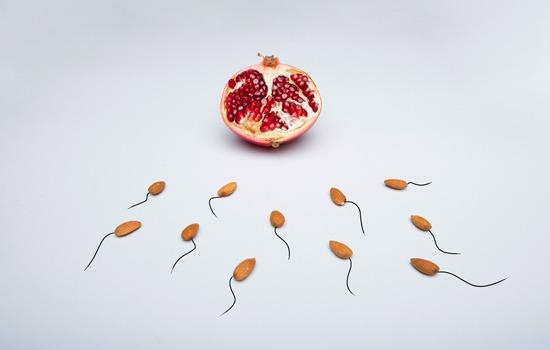Apr 21 2021
A new study reports that male fertility might prove to be a weakness in the fight against climate change. Its suggestion of male fertility loss at high temperatures implies that several species—particularly those limited to the tropics—may be highly susceptible to climate change.

Image Credit: Monash University.
Around the world, as temperatures increases, species will experience more and more conditions beyond their tolerance limits, which pose a significant threat to species biodiversity and persistence. Gaining insights into how much warming species can withstand, and which species will be at risk more, is one of the huge challenges for biologists at present.
Acquiring precise forecasts of species risk to climate change is not a simple task. A few studies have made use of the temperature at which species do not move, or die, to predict climate change threat.
But a new study published in the Nature Communications journal has discovered that fertility loss in males at high temperatures—taking place at temperatures much lower compared to death—might be a better indicator of climate change susceptibility. Sadly, this implies that several species might be at more risk compared to what is assumed at present.
In a huge study carried out on tropical and extensive Drosophila species, the team mimicked environmental conditions in the laboratory that mirrored climate change. They followed population growth and extinction and discovered that tropical species disappeared at lower temperatures compared to the widespread species.
But male fertility at high temperatures—compared to the temperature at which they stopped moving or died—was the best indicator of the possibility of warming extinction. Crucially, they revealed that the temperature at which males could no more reproduce was considerably lower compared to temperatures at which they died.
Dr Belinda van Heerwaarden, who recently joined the University of Melbourne, guided the study when she was at the Monash University School of Biological Sciences as part of an Australian Research Council (ARC) Discovery Early Career Researcher Award (DECRA).
The way we currently estimate climate change vulnerability may be underestimating extinction vulnerability. We need to consider fertility if we want to understand the impacts of climate change on biodiversity.
Dr Belinda van Heerwaarden, School of Biological Sciences, Monash University
“Species that we thought could tolerate 7 °C of warming may already be experiencing temperatures that are within 1 °C of their male upper reproductive limit. If males are unable to fertilise females, populations will crash and be unable to replace themselves,” added van Heerwaarden added.
Moreover, Dr van Heerwaarden and Professor Carla Sgrò from the Monash University School of Biological Sciences analyzed whether male fertility could change via evolution and adjust to rising temperatures.
The team discovered that irrespective of whether species were from temperate or tropical environments, they had limited ability to react to warming temperatures.
This represents a real risk to biodiversity. We are increasingly finding that many species won’t be able to adapt to projected climate changes.
Carla Sgrò, Professor, School of Biological Sciences, Monash University
Journal Reference:
van Heerwaarden, B & Sgrò, C M (2021) Male fertility thermal limits predict vulnerability to climate warming. Nature Communications. doi.org/10.1038/s41467-021-22546-w.